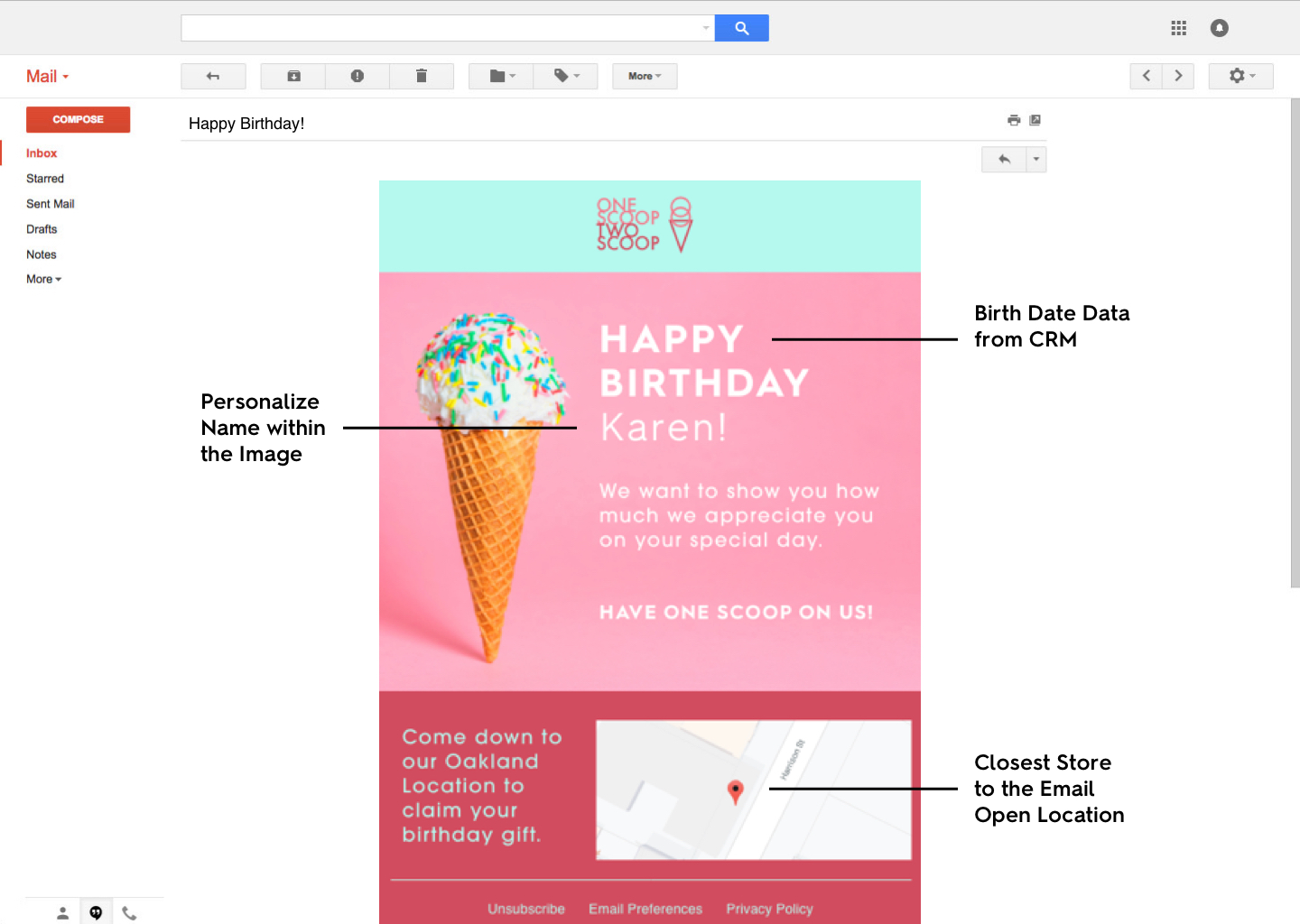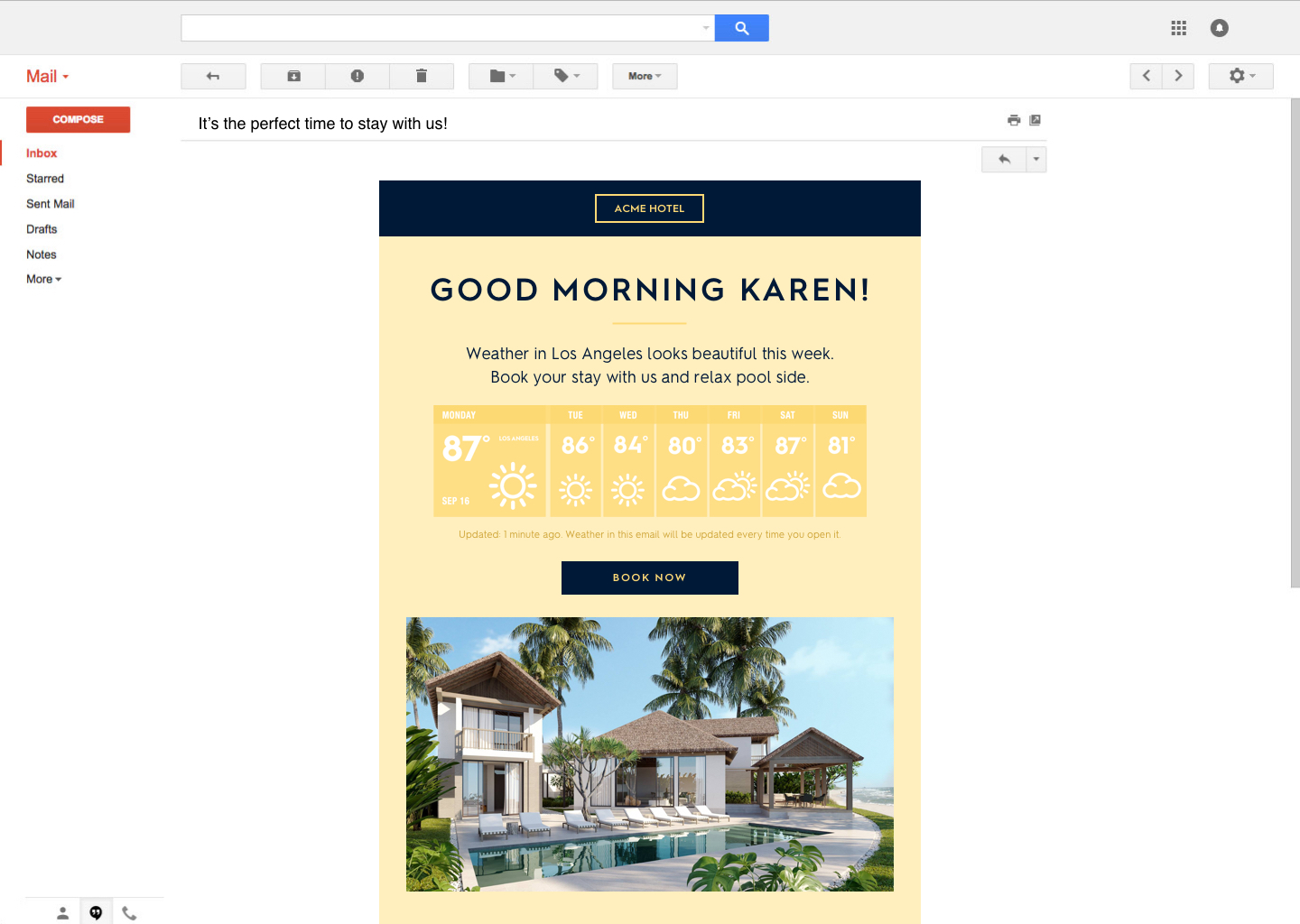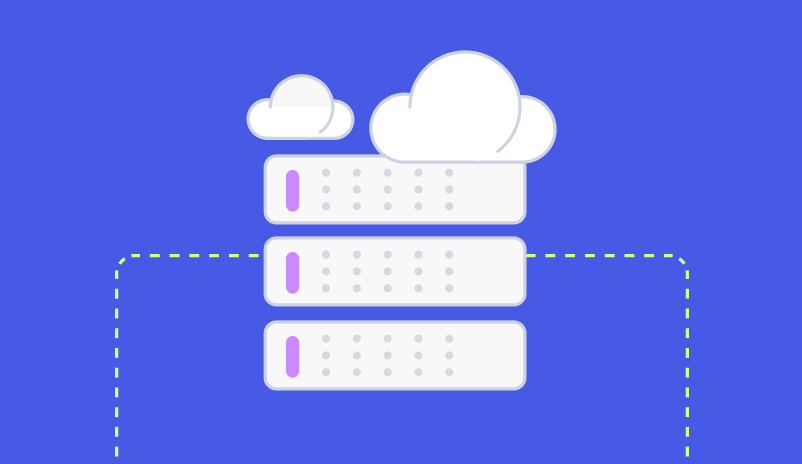Why Contextual Email Marketing Needs To Be Part Of Your Marketing Stack
The main goal of any email marketing campaign is to convert readers to buyers.
There are many ways to do it, but few companies are capitalizing on the true potential of email as a tool to help drive conversions. In order to do that, you need to create emails that are interesting, educational, interactive, and contextual.
Going the extra effort to create these types of emails can drive massive results. That’s because the emails your reader gets are crafted to speak directly to them, their needs and interests.
The big focus on creating emails that are personalized, and one way to do that is through contextual email marketing.
In this post, we’re going to highlight why contextual email is an important email marketing strategy.
Let’s dig into it.
What is contextual email marketing?
Contextual emails are those that are personalized to your customer’s needs based on specific and relevant information. Some of these include customers’ geolocation, behavior, and previous purchases, among other options.
Today, personalized emails are often seen as the keys to the email marketing kingdom. That’s easy to understand; there’s endless competition for attention, especially when it comes to the inbox.
Consumers are getting dozens, sometimes a hundred emails a day. And the reality is it’s hard to stand out. You need to get your readers to pay attention, click, and eventually buy.
That’s where contextual emails come into play.
Uses for contextual email
Contextual email marketing lets you get super personal, almost like you are sending your emails to a list of one.
You can do this by tapping into using real-time data that is personalized for your readers right at the moment of open.
Geolocation
Here’s one example:

This email is chock full of personalized information. If you tried to segment a list that included birth dates, location, and name, you’d really struggle to make it work.
But with contextual email, you can set your emails to pull in all sorts of critical data to make every reader feel like the email you’ve sent was meant just for them.
That’s because it was.
In this case, geolocation means that the reader can get real-time location data on their closest local shop.
Live data
There are some other uses for contextual email that can pull in real-time information too. In these cases, every time your subscriber opens their email, they will get the latest information right from that email. They won’t have to go to another site; it will be right in their inboxes.
So there are a few options brands are looking at for this.
One is with package delivery. With an option like this, every time your subscriber opens up their email, they will get up to the moment delivery information.
That’s something that can make a significant impact versus the standard way of trying to track packages. In those cases, you usually don’t get that updated information or you have to go to another site to find it.
Another way to pull in this data is through social media feeds too. If you’re a brand that really relies on social media to pack a punch and motivate potential customers to engage, this could be a great option too.
This type of contextual email can pull real-time data right from your social media feeds and highlight what you’re posting.
Weather
Speaking of geolocation as a prime tool, here’s another example:

With an email like this, geolocation is doing two things here. It’s targeting both the current location of the recipient as well as a seemingly ‘more desirable’ location based on weather.
An email like this can tap into some psychological triggers like fear of missing out (FOMO) to get someone to decide to book that vacation because the call of beautiful weather might just be too much to resist.
Weather provides a huge opportunity to make a difference in your subscriber’s inbox, especcally in terms of contextual marketing.
Embracing contextual email
These are just a few of the ways contextual email can make a huge impact on your overall email marketing stack.
Implementing real-time personalized data into your emails that are relevant to your readers is one marketing strategy that can end up making a real difference to your bottom line.
Grow your business and total sales




